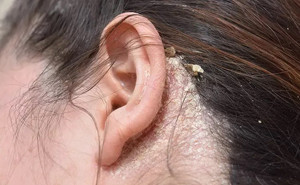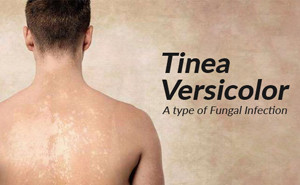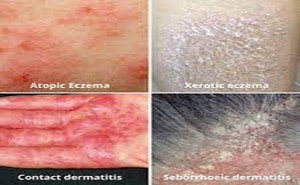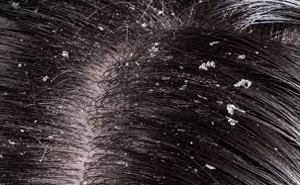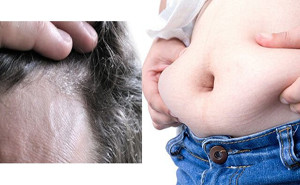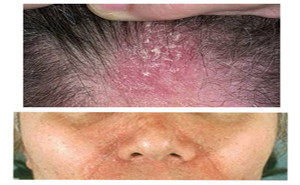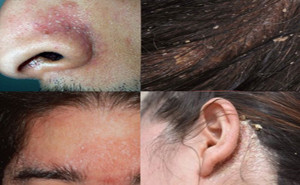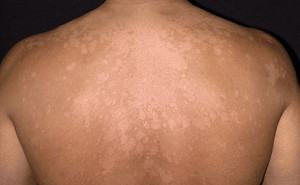Posted by Unimed & Unihealth Manufacturers Ltd.
Importance:
Pityriasis versicolor generally clears
satisfactorily with treatment but often recurs when conditions are suitable for
malassezia to proliferate. It recurs when the weather becomes warm and humid
again. Regular use of topical treatment minimizes this risk. The color may
persist for weeks or months, particularly the hypopi...
Ketoconazole
is in a class of antifungal medications called imidazoles. It works by inhibiting
the growth of fungi that cause the infection.
Topical
ketoconazole is indicated for the treatment of cutaneous candidosis (including
vulvitis), tinea (pityriasis) versicolor and seborrhoeic dermatitis caused by
Malassezia (previously called Pi...
PubMed Central: Published
on August, 2022TAKE HOME MESSAGE:Seborrheic dermatitis (SD) is a
common chronic inflammatory skin disorder that mostly affects young adults in
areas rich in sebaceous glands (scalp, face, and trunk). In adolescents and adults, SD
clinical presentation may range from mild patches to diffuse scalp scaling. In
infants, i...
PubMed Central: Published on January 2019Tinea (Pityriasis) Versicolor is a
common, chronic, superficial fungal infection caused by Malassezia spp.
It is characterised by hyperpigmented, hypopigmented macules and patches on the
face, upper trunk, back, chest paralleling the density of sebaceous gland. Several topical and systemic
antifungal age...
American Family
Physician (AFP) Journal:Seborrhoeic Dermatitis (SD) is a very common chronic and/or
relapsing inflammatory skin disorder presenting with a papulosquamous
morphology in areas rich in sebaceous glands, particularly the scalp, face, and
body folds.In adolescents and adults, SD clinical presentation may range
from mild patches to d...
American Family Physician (AFP) Journal:
Seborrheic dermatitis is a common
skin condition in infants, adolescents, and adults.
Seborrheic dermatitis is a chronic
inflammatory dermatologic condition that usually appears on areas of the body
with a large density of sebaceous glands, such as the scalp, face, chest, back,
axilla, and gro...
Metabolic Syndrome and Related
Disorders Journal: Published
Online: 15 Feb 2022
Seborrheic dermatitis (SD) is a
common, chronic inflammatory disease with relapses and remissions.
TAKE HOME MESSAGE:
This study aimed to evaluate
metabolic syndrome (MS) and glucose metabolism disorders in patients with SD.
The study results showed...
American Family Physician (AFP) Journal: Published: Feb 1, 2015
KEY RECOMMENDATIONS FOR PRACTICE
Topical antifungal agents are the
first-line therapy for acute and long-term treatment of seborrheic dermatitis
of the face and body.
Antifungal shampoos (long-term) and
topical corticosteroids (short-term) can be used as sec...
Seborrhoeic Dermatitis (SD) is a
very common chronic and/or relapsing inflammatory skin disorder presenting with
a papulosquamous morphology in areas rich in sebaceous glands, particularly the
scalp, face, and body folds.
Etiology
Yeast of the genus Malassezia has long been regarded as a main
predisposing factor. Additional predisposi...
Pityriasis versicolor, also known
as tinea versicolor, is a common, benign, superficial fungal infection of the
skin. Tinea versicolor is not considered contagious.
Pityriasis versicolor is caused by
Malassezia fungus, also known as Pityrosporum. It is a component of normal skin
flora. It is more common in warm and humid conditions.
C...


